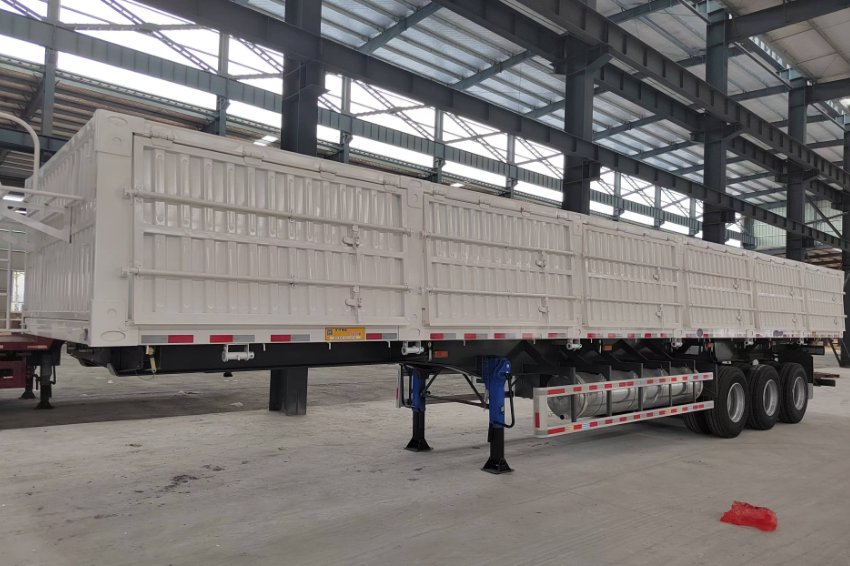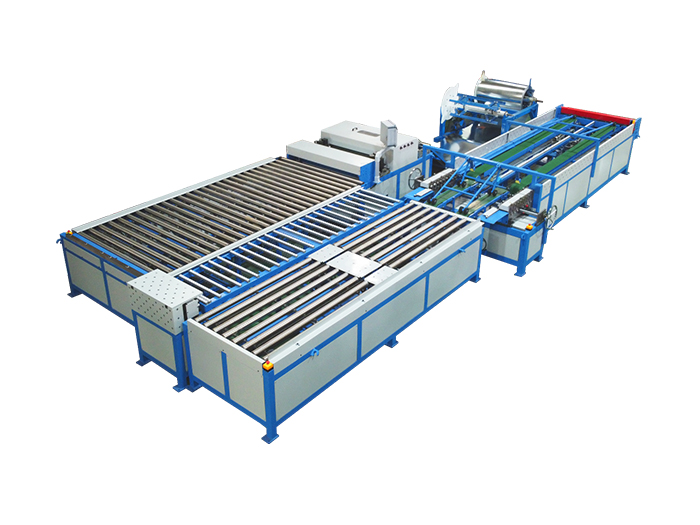In our increasingly interconnected world, the choice of transportation can significantly impact both our finances and our environmental footprint. As individuals and businesses seek to optimize their travel expenses, understanding the various modes of transport and their associated costs becomes paramount. This article delves into the intricacies of transportation economics, exploring the cheapest modes of transport while considering factors such as distance, convenience, and environmental impact.
Understanding Transportation Costs
Before we identify the cheapest mode of transport, it is essential to understand the components that contribute to transportation costs. These include:
- Direct Costs: These are the explicit costs associated with travel, such as fuel, tickets, maintenance, and tolls.
- Indirect Costs: These encompass time spent traveling, potential delays, and the opportunity cost of not engaging in productive activities during transit.
- Environmental Costs: With rising awareness of climate change, the ecological impact of different transport modes is becoming a critical factor in cost assessments.
Comparative Analysis of Transport Modes
To determine which mode of transport is the cheapest, we will analyze several common options: walking, cycling, public transit, car travel, and air travel. Each mode has its unique advantages and disadvantages, which can affect overall cost-effectiveness.
- Walking
Walking is undoubtedly the cheapest mode of transport, as it incurs no direct financial costs. However, its practicality is limited to short distances. Walking is an excellent option for local errands or short commutes, promoting health and reducing carbon emissions.
- Cycling
Cycling is another economical choice, especially for urban commuting. The initial investment in a bicycle can be higher than walking, but the ongoing costs are minimal compared to car ownership. Cyclists save on fuel, parking fees, and public transport fares. Moreover, cycling contributes to physical fitness and reduces traffic congestion.
- Public Transit
Public transportation systems, including buses, subways, and trains, offer a cost-effective alternative for longer distances. The average fare for public transit is significantly lower than the cumulative costs of driving a personal vehicle, especially when considering fuel, insurance, and maintenance. Additionally, many cities offer discounted passes for frequent travelers, further enhancing affordability.
- Car Travel
While driving a personal vehicle provides convenience and flexibility, it often comes with high costs. Fuel prices, insurance premiums, maintenance, and parking fees can accumulate quickly. For individuals who travel alone or infrequently, car travel may not be the most economical choice. However, for families or groups, carpooling can mitigate costs, making it a more viable option.
- Air Travel
Air travel is typically the most expensive mode of transport, particularly for short distances. While it offers speed and convenience for long-haul journeys, the costs associated with tickets, baggage fees, and airport transfers can be prohibitive. Budget airlines may offer lower fares, but hidden fees can diminish the perceived savings.
Factors Influencing the Cheapest Mode of Transport
When determining the cheapest mode of transport, several factors come into play:
- Distance: For short distances, walking or cycling is often the most economical. For medium distances, public transit may be preferable, while long distances may necessitate air travel.
- Time Sensitivity: If time is of the essence, air travel may be justified despite its higher cost. Conversely, if time is flexible, cheaper options like public transit or cycling can be more appealing.
- Environmental Considerations: As sustainability becomes a priority, the environmental impact of transportation choices is increasingly influencing decisions. Modes like cycling and public transit are more eco-friendly compared to car and air travel.
Conclusion: Making Informed Choices
In conclusion, the cheapest mode of transport varies based on individual circumstances, including distance, time, and personal preferences. While walking and cycling are the most cost-effective for short distances, public transit emerges as a strong contender for medium-range travel. Car travel may be justified in certain scenarios, particularly for families or groups, while air travel remains the most expensive option for long distances.





